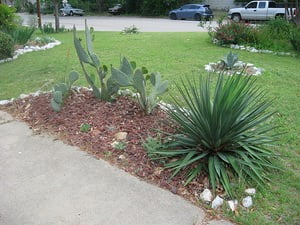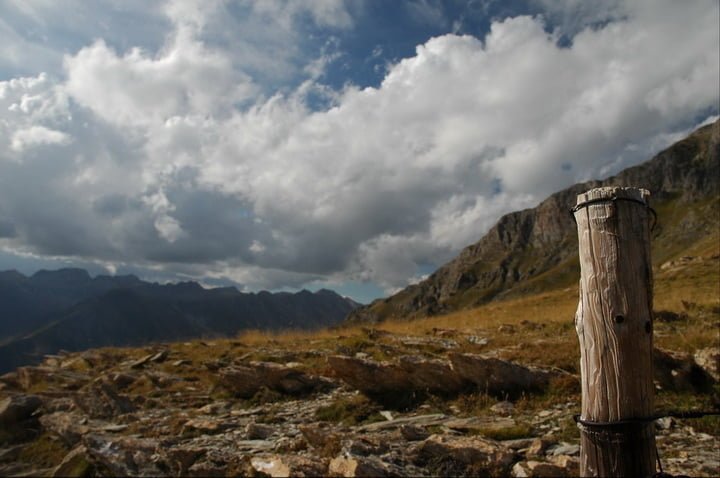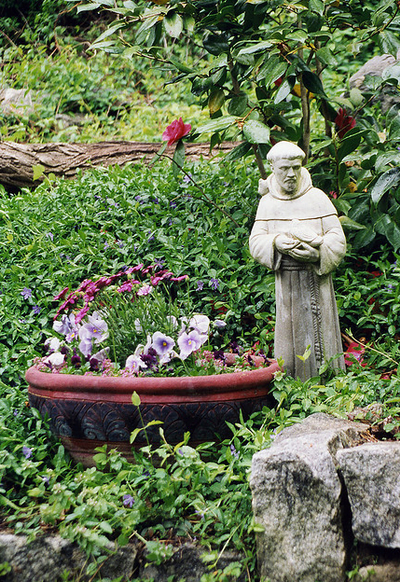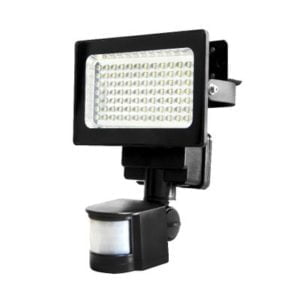Try Xeriscape Landscaping. It can be just as beautiful as a regular garden
If you live in a part of the country that has desert-like landscapes and where the local government comes in and confiscates your hose if they catch you watering your lawn every drought-hit summer, you could say that xeriscape landscaping was for you.
People tend to think that xeriscape landscaping is all about decorating your garden in a depressing fashion with rock, gravel and cactus. Certainly, that’s one way to go about it but this isn’t the way it was intended.
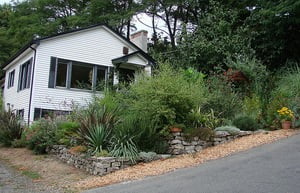 Xeriscape landscaping is just a fancy term for the art of landscaping an area in a drought-resistant way. While cactuses can certainly be a part of that, there’s no reason to limit yourself to them. You’ll find you don’t have to landscape your garden in a way that you attract nothing but lizards and iguanas.
Xeriscape landscaping is just a fancy term for the art of landscaping an area in a drought-resistant way. While cactuses can certainly be a part of that, there’s no reason to limit yourself to them. You’ll find you don’t have to landscape your garden in a way that you attract nothing but lizards and iguanas.
Look around at all the choices available to you in drought-resistant plants and you’ll find that they can be every bit as beautiful and colorful as a regular garden, as well as attract butterflies and birds the same as any garden in a more water-rich area.
To start your xeriscaping, choose a part of your land that gets a lot of sunshine every day. If you live in a hot and desert-like region, it might seem intuitive to think that your plants need to be protected from the hot sun. That’s not how these plants work though. Drought-resistant plants need a good, healthy dose of sunshine every day. You also need to be aware of how drought-resistant plants can’t take too much water.
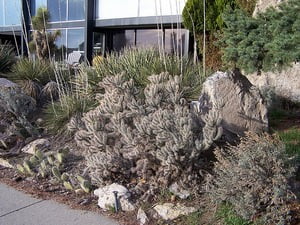 In other words, you need to make sure that the area you’ve chosen to start your garden in has good drainage. You don’t want the water to stand either at the surface or below. To make sure that the area has good drainage, you need to dig a couple of feet below the topsoil to see that there isn’t any hard rock. Some desert-like regions have this – a sheet of rock or calcium carbonate all over the place. If you see something like this, you’ll need to break it up.
In other words, you need to make sure that the area you’ve chosen to start your garden in has good drainage. You don’t want the water to stand either at the surface or below. To make sure that the area has good drainage, you need to dig a couple of feet below the topsoil to see that there isn’t any hard rock. Some desert-like regions have this – a sheet of rock or calcium carbonate all over the place. If you see something like this, you’ll need to break it up.
Now that you have chosen a good spot, it’s time to actually prepare the soil and to plant. Since your plants have to make do with very little water, try to compensate by giving them good, nutrient rich soil. Seed the whole area with a rich mulch and compost. Mulch is great because it holds moisture and it’ll be great when it’s really dry and your mulch holds water like a kind of sponge.
You can choose from among all kinds of great drought-resistant plants. If you’re looking for flowering plants, try the canyon sage, the purple coneflower or the rose cancan. The canyon sage puts forth brilliant blue flowers twice a year. The rose campion is a beautiful magenta.
Once the plants you’ve chosen are actually in the ground, water them very well for the first week. Once they’ve taken, you can water less frequently each passing week. After about a couple of months this way, you’ll only need to water them twice a month.
